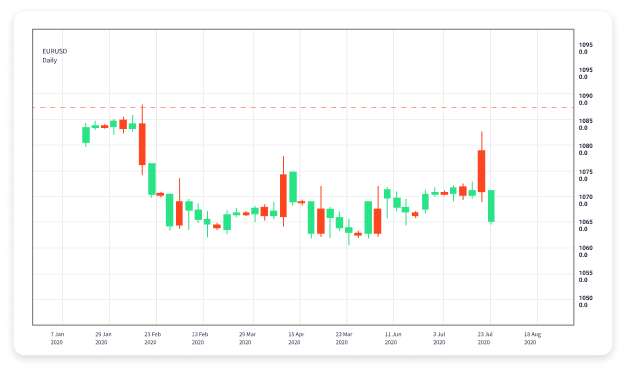
Essential Forex Trading Indicators for Every Trader
In the fast-paced world of Forex trading, analysts and traders alike utilize various indicators to assess market movements and make informed decisions. Understanding how these indicators work is crucial for anyone looking to succeed in forex trading. This article will explore some of the key Forex trading indicators, along with their applications and benefits. If you’re looking for comprehensive information on forex trading strategies, you can visit forex trading indicators onlinetrading-cm.com.
What Are Forex Trading Indicators?
Forex trading indicators are mathematical calculations based on historical price data that help traders predict future market movements. These indicators allow traders to identify trends, assess momentum, and signal potential entry and exit points in the market. They can be categorized into three main types: trend indicators, momentum indicators, and volatility indicators.
1. Trend Indicators
Trend indicators are designed to help traders determine the direction of the market. They indicate whether a currency pair is in an uptrend, downtrend, or sideways movement. Some popular trend indicators include:
1.1 Moving Averages
Moving Averages (MAs) smooth out price data to identify the direction of an asset’s trend. The two most common types are the Simple Moving Average (SMA) and the Exponential Moving Average (EMA). Traders often use MAs to gauge support and resistance levels and identify potential reversal points.
1.2 Average Directional Index (ADX)
The ADX measures the strength of a trend without indicating its direction. A value above 25 suggests a strong trend, while a value below 20 indicates a weak trend. ADX can be used in conjunction with other indicators to enhance trading strategies.

1.3 Parabolic SAR
The Parabolic Stop and Reverse (SAR) indicator is used to determine potential reversal points in the market. It appears as a series of dots below or above the price chart, representing potential stop-loss levels. Traders often use this indicator to set trailing stops.
2. Momentum Indicators
Momentum indicators measure the speed of price movements and help traders identify overbought or oversold conditions. Popular momentum indicators include:
2.1 Relative Strength Index (RSI)
The RSI is a widely used momentum indicator that measures the speed and change of price movements. It ranges from 0 to 100, with readings above 70 indicating overbought conditions and readings below 30 signaling oversold conditions. Traders typically use RSI to identify potential price reversals.
2.2 Stochastic Oscillator
This indicator compares a particular closing price of a currency pair to a range of its prices over a specific period. It produces values between 0 and 100, with values above 80 suggesting overbought conditions and values below 20 indicating oversold conditions. The Stochastic Oscillator is often used in conjunction with other indicators for increased accuracy.
2.3 Williams %R
Williams %R is a momentum indicator that measures overbought and oversold levels but is inverted compared to the Stochastic Oscillator. Values range from -100 to 0, with readings below -80 indicating oversold conditions and readings above -20 indicating overbought conditions.

3. Volatility Indicators
Volatility indicators measure the price fluctuations of a currency pair, helping traders understand the potential risks involved in a currency trade. Common volatility indicators include:
3.1 Bollinger Bands
Bollinger Bands consist of a moving average and two lines that represent standard deviations above and below the moving average. When the bands widen, it indicates higher volatility, while a contraction of the bands signals lower volatility. Traders often use Bollinger Bands to identify potential breakout opportunities.
3.2 Average True Range (ATR)
The ATR measures market volatility by calculating the average range between high and low prices over a specified period. A rising ATR indicates increasing volatility, while a decreasing ATR suggests decreasing volatility. It is primarily used to adjust stop-loss orders based on market conditions.
Combining Indicators for Enhanced Trading Strategies
While each indicator has its strengths, using a combination of indicators can lead to more effective trading strategies. For example, a trader might use a trend indicator (like Moving Averages) to identify the overall direction of the market, a momentum indicator (like RSI) to find potential entry points, and a volatility indicator (like ATR) to set stop-loss orders within the traded trend.
Final Thoughts
Forex trading indicators are essential tools for traders looking to enhance their market analysis and decision-making. By understanding the various types of indicators and effectively combining them, traders can improve their chances of success in the Forex market. It’s vital to practice with these indicators using a demo account before applying them to live trading scenarios. Continual learning and adaptation are key to staying ahead in the dynamic world of Forex trading.
For further resources and detailed guides on forex trading strategies, consider exploring online trading platforms and educational services to enhance your trading skills.


